The 10 best games to play after Metroid Dread
After Metroid Dread, check out these 10 similar games
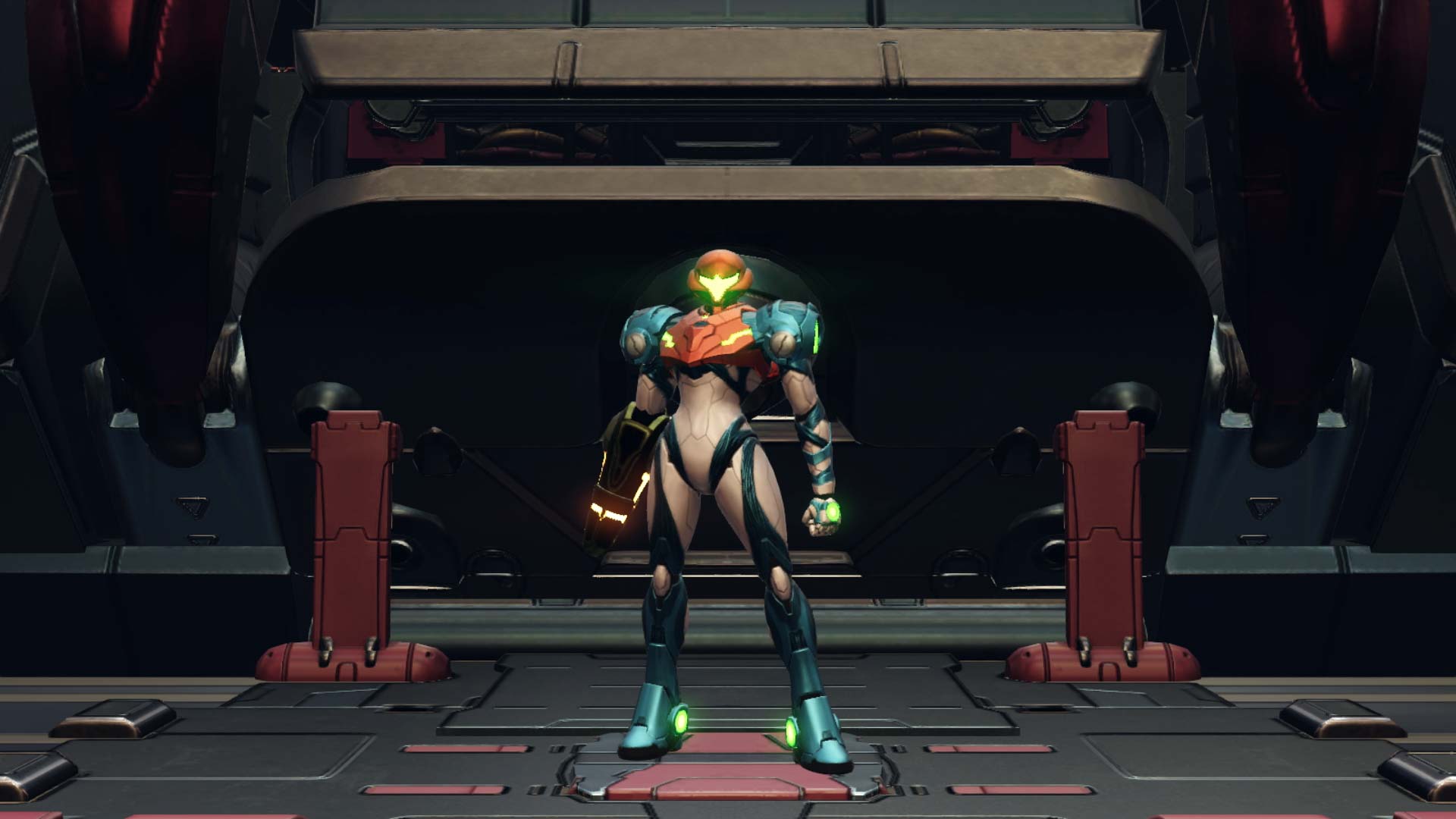
After 19 long years, Metroid Dread is here at last, and it’s everything we hoped it would be. In Samus Aran’s latest adventure, you’ll explore the deadly Planet ZDR, collecting upgrades and uncovering more of the map as you go. The only downside is that Metroid Dread — like other games in the series — isn’t especially long. You’ll be done in about 10-12 hours, and after that, it’s Hard Mode or bust.
Luckily, Metroid Dread is hardly the only side-scrolling exploration game out there. Don’t forget: There’s a whole style of game, the Metroidvania, that imitate Metroid’s clever structure. With that in mind, the Tom’s Guide staff has assembled 10 other excellent Metroidvanias — or at least games that take inspiration from the genre. We don’t know when the next Metroid game will come out, but you should try these substitutes in the meantime.
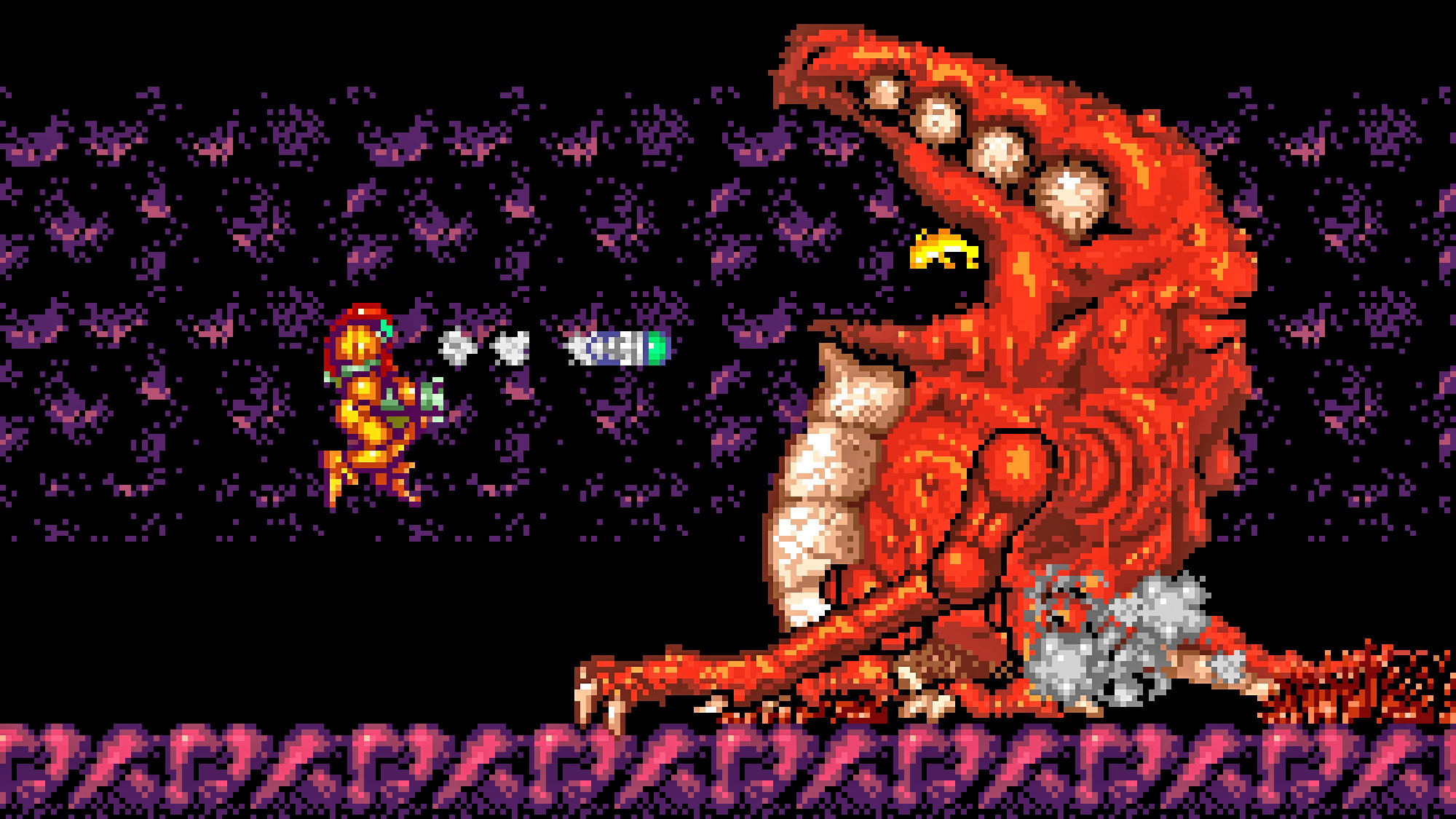
Super Metroid
At the risk of cheating, it’s fair to say that you’ll like the rest of the Metroid series if you’ve liked Metroid Dread. Any entry could work here, from the story-driven Metroid Fusion, to the 3D spinoff Metroid Prime. However, Super Metroid is easy to play on the Nintendo Switch (it's in the Switch’s Super Nintendo app), making it a great follow-up for Metroid Dread. (You can play the original Metroid as well, but that’s a much more difficult, abstruse game.) In Samus Aran’s SNES adventure, she returns to Planet Zebes, where she must fight off a horde of space pirates and solve the mysteries of the last living Metroid. It’s got all the same selling points as Metroid Dread, although it’s a bit shorter.
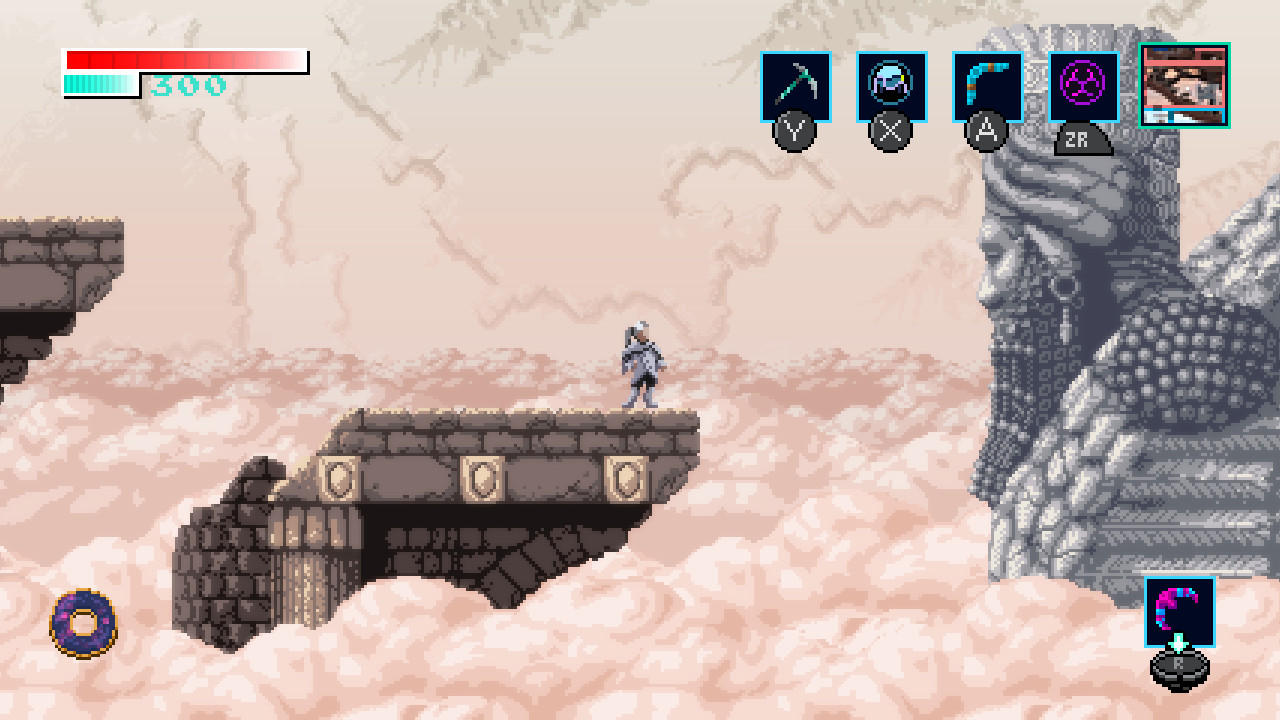
Axiom Verge
Axiom Verge is reminiscent of classic Metroid games, from its retro graphics, to its exploration-heavy gameplay. In this title, you take control of Trace, a scientist who accidentally opens a gateway to an alien world. While Axiom Verge is much more story-driven than Metroid Dread, the structure is the same. As Trace explores the alien world of Sudra, he’ll come across new power-ups, which allow him to reexplore old areas and find secrets that were inaccessible the first time around. Axiom Verge is a love letter to classic exploration side-scrollers, but it’s not afraid to take a few risks, with an unpredictable story and a large variety of weapons.
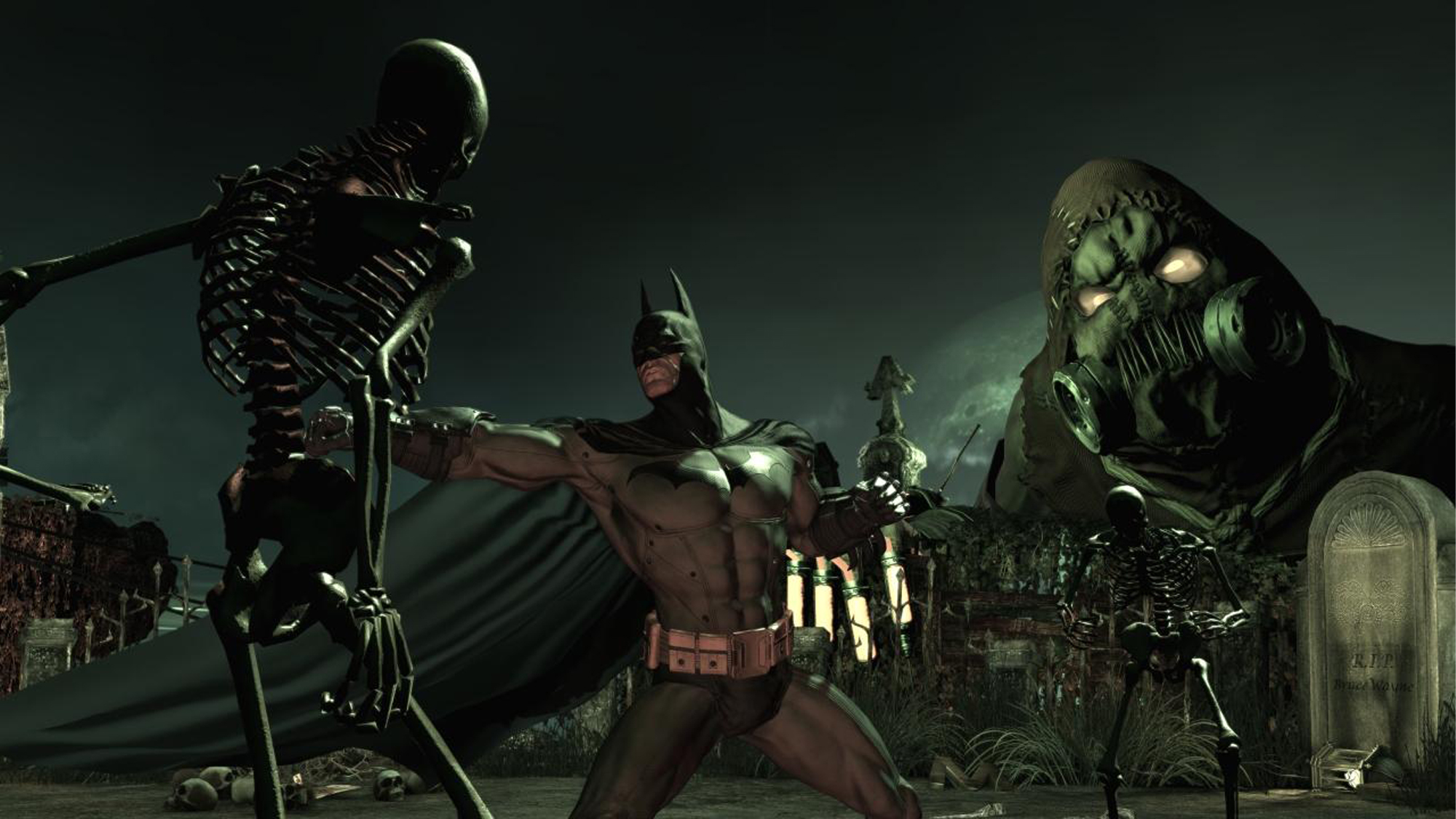
Batman: Arkham Asylum
Metroidvanias are usually 2D side-scrollers, but there are exceptions. Take, for example, Batman: Arkham Asylum. This 3D action/adventure game casts you as the titular Caped Crusader, who finds himself trapped in the deadly Arkham Asylum. He attempts to escape, but finds himself thwarted by a small army of super villains, including Killer Croc, Bane, Poison Ivy and the Joker. As in any good Metroidvania, Batman has only a few skills at first. But as the game progresses, he’ll collect upgrades for his gadgets and weapons that let him explore more and more of the Asylum. The rest of the series is good, too, but the first game is the most focused.

Bloodstained: Ritual of the Night
Bloodstained: Ritual of the Night came out in 2019, but it feels like a game from two decades earlier. That’s high praise, though, considering that’s exactly what the game set out to do. To make a long story short: classic Castlevania mastermind Koji Igarashi asked for $500,000 to make a spiritual successor to Castlevania: Symphony of the Night. He got $5.5 million. The final product is a beautiful retro throwback, in which you play as demon hunter Miriam, who must explore a huge, open-ended castle and do battle with the demons who lurk within. It’s like Metroid Dread, but with experience levels and magic.
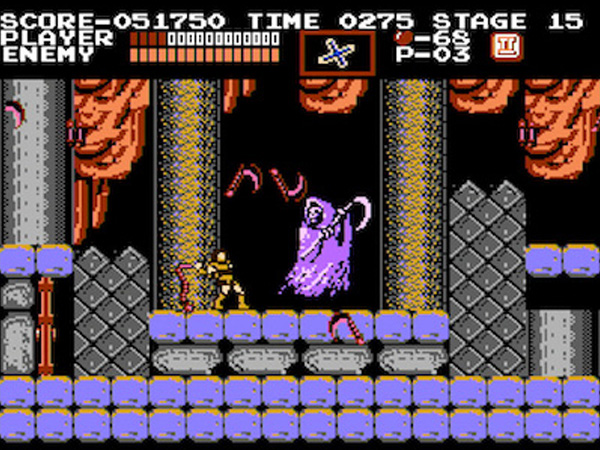
Castlevania: Symphony of the Night
The Metroid series is one part of the “Metroidvania” moniker; Castlevania is the other. While early Castlevania games were straightforward side-scrollers, Castlevania: Symphony of the Night changed everything, giving fans a huge castle to explore and lots of permanent upgrades to hunt down. You play as Alucard: Dracula’s son, and an ally of the vampire-hunting Belmont family. Dracula has returned, yet again, and Alucard must traverse his father’s enormous castle, defeating a variety of monsters as he explores every nook and cranny for power-ups. Symphony of the Night is the complete package, with clever level design, a good story and plenty of ways to customize your playstyle.
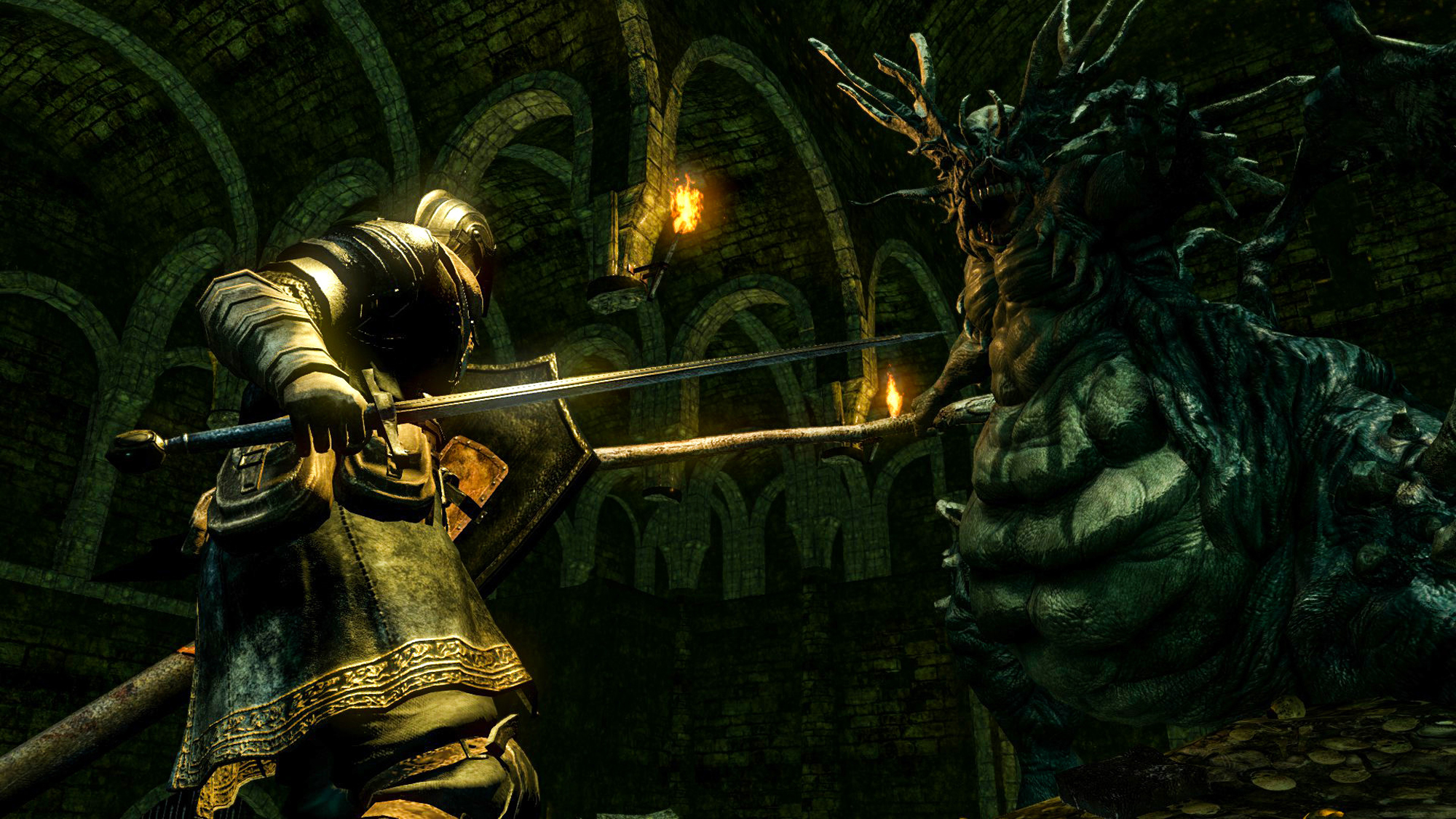
Dark Souls
While Dark Souls isn’t a Metroidvania in the truest sense of the word, it does have a lot of the same DNA. While the game’s predecessor, Demon’s Souls, was more linear, Dark Souls has a huge world to explore, provided you can find the right tools to do so. You won’t find new platforming skills, but you will find a variety of keys and shortcuts that encourage you to revisit old areas and see what new paths you can discover. In fact, doing so is the only way to finish this eerie, minimalist game. Dark Souls also has a lonely, dangerous vibe, much like Metroid Dread.
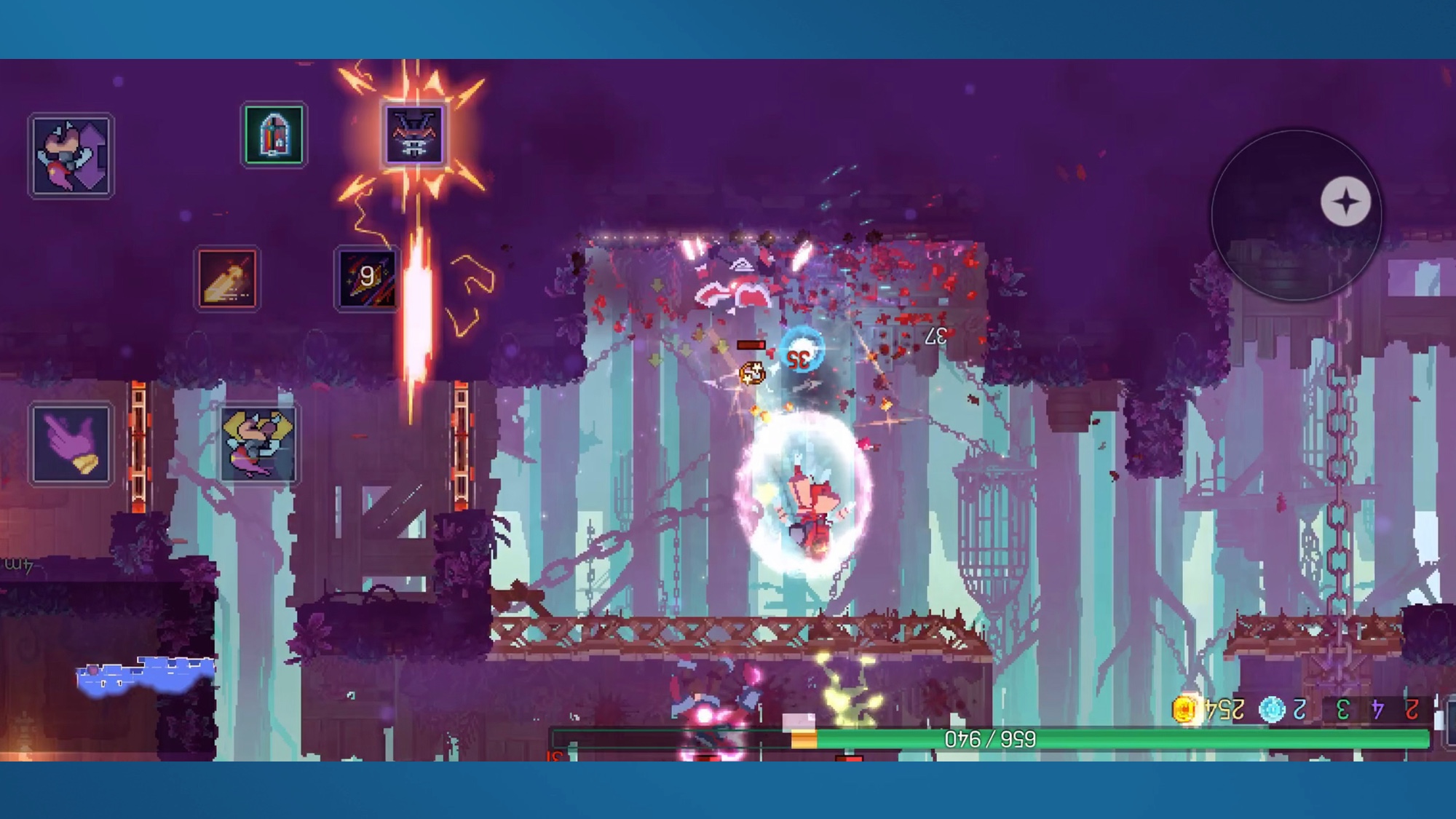
Dead Cells
Roguelikes and Metroidvanias may not go together at first glance. The former is all about perfection through repetition; the latter is all about taking your time and exploring new areas. But Dead Cells combines the two genres with striking results. In this side-scroller, you take control of a disembodied spirit who inhabits corpse after corpse as he attempts to make his way out of a gargantuan castle. The castle’s geometry is constantly shifting, however, and you’ll lose the vast majority of your upgrades each time you die. Dead Cells is remarkably tough, but it’s satisfying to explore, and gives you just enough tools to succeed.
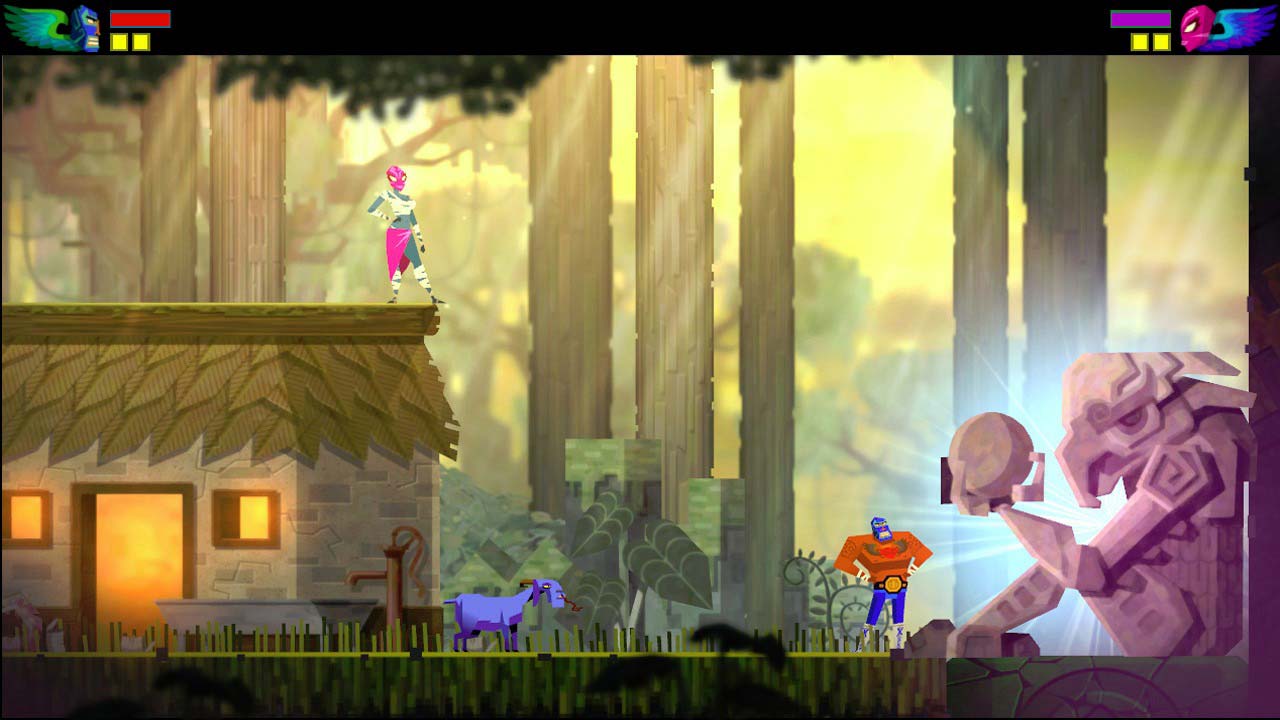
Guacamelee
Guacamelee! (note the exclamation point) is one of the most colorful and creative Metroidvanias of the PS3 era, and it plays just as well on modern systems. You play as Juan Aguacate, a humble agave farmer who becomes a mighty masked luchador in order to save his beloved Lupita from a demon. Guacamelee takes place in a vibrant world inspired by Mexican myth, where you’ll square off against animated skeletons, burly jaguar men, beguiling sorceresses and even a humongous alebrije. Like any good Metroidvania, the game has lots of power-ups to find (with plenty of nods to Metroid along the way) and plenty of different platforming challenges to conquer.
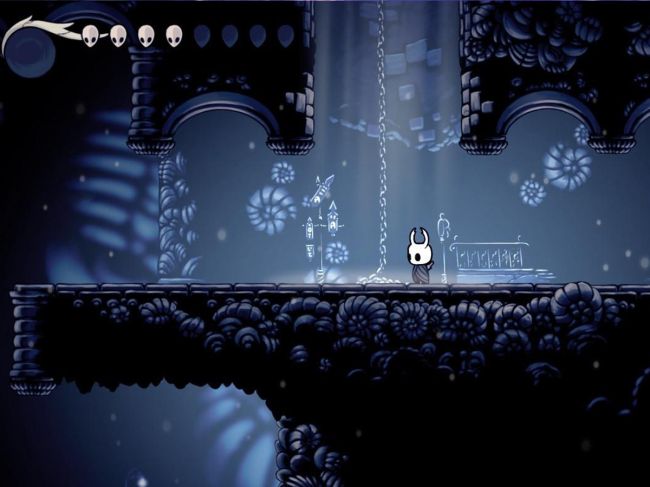
Hollow Knight
One of the moodier and more pensive Metroidvanias on the list, Hollow Knight is a dark and difficult game that’s nevertheless very tough to put down. You play as an adventurer in the realm of Hallownest: a fallen kingdom inhabited solely by bug people. As you make your way deeper and deeper into the maze-like caverns, you’ll learn about how the kingdom fell, and what you can do to set things right. As in most Metroidvanias, you’ll improve your skills and unlock new areas over time; unlike most Metroidvanias, though, the combat is extremely tough, particularly when you square off against the massive bosses.
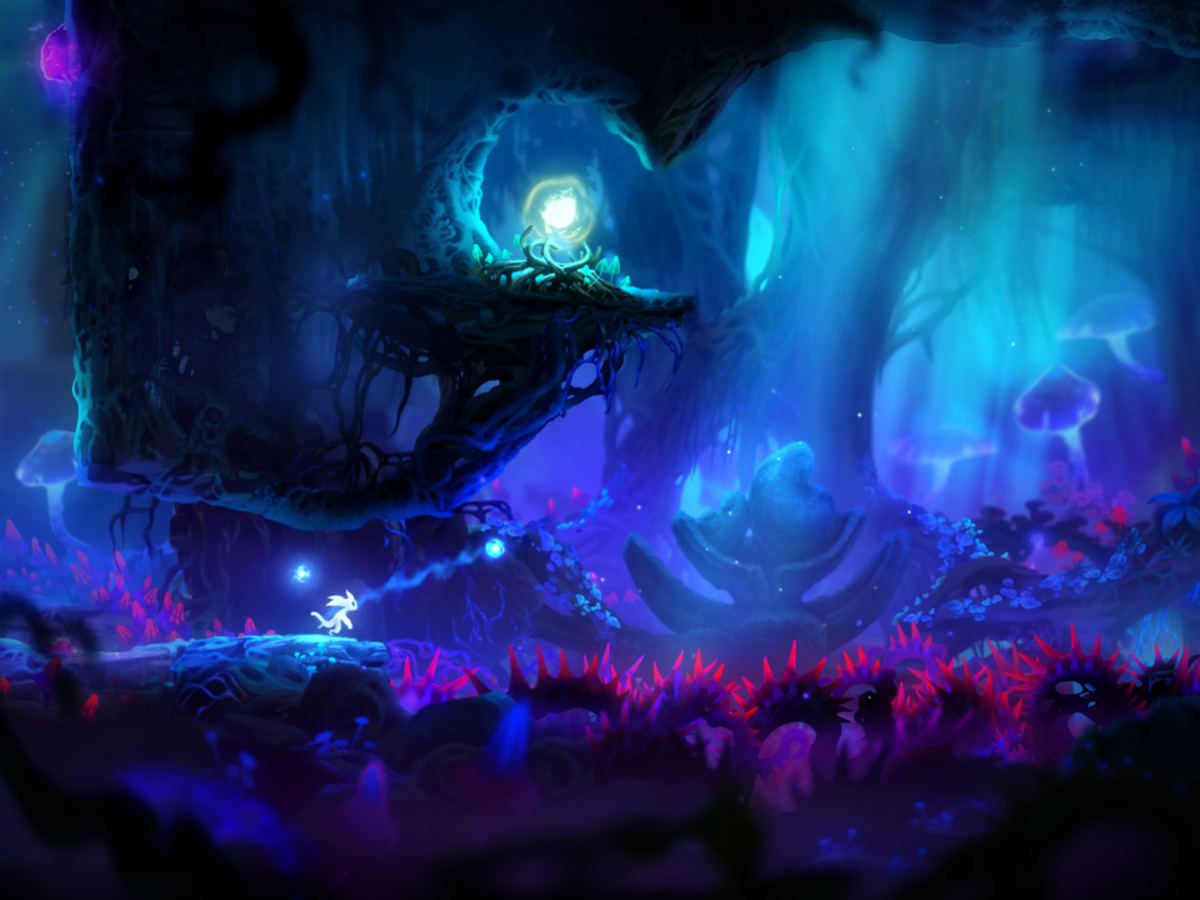
Ori and the Blind Forest
Ori and the Blind Forest is perhaps the most gorgeous game on this list, with a soft-focus, watercolor design, brimming with deep blues and verdant greens. In the game’s minimalist story, you play as Ori, a guardian spirit who must explore the forest and learn what caused a devastating imbalance. Ori starts off with few skills, but over time, you can learn how to shoot flames, double-jump, dig through sand, light up dark areas and more. To be fair, Ori has a somewhat convoluted save system, which can make some of the combat encounters more punishing than they need to be. But otherwise, it’s an unconventional and satisfying adventure.
Sign up to get the BEST of Tom's Guide direct to your inbox.
Get instant access to breaking news, the hottest reviews, great deals and helpful tips.
Marshall Honorof is a senior editor for Tom's Guide, overseeing the site's coverage of gaming hardware and software. He comes from a science writing background, having studied paleomammalogy, biological anthropology, and the history of science and technology. After hours, you can find him practicing taekwondo or doing deep dives on classic sci-fi.

